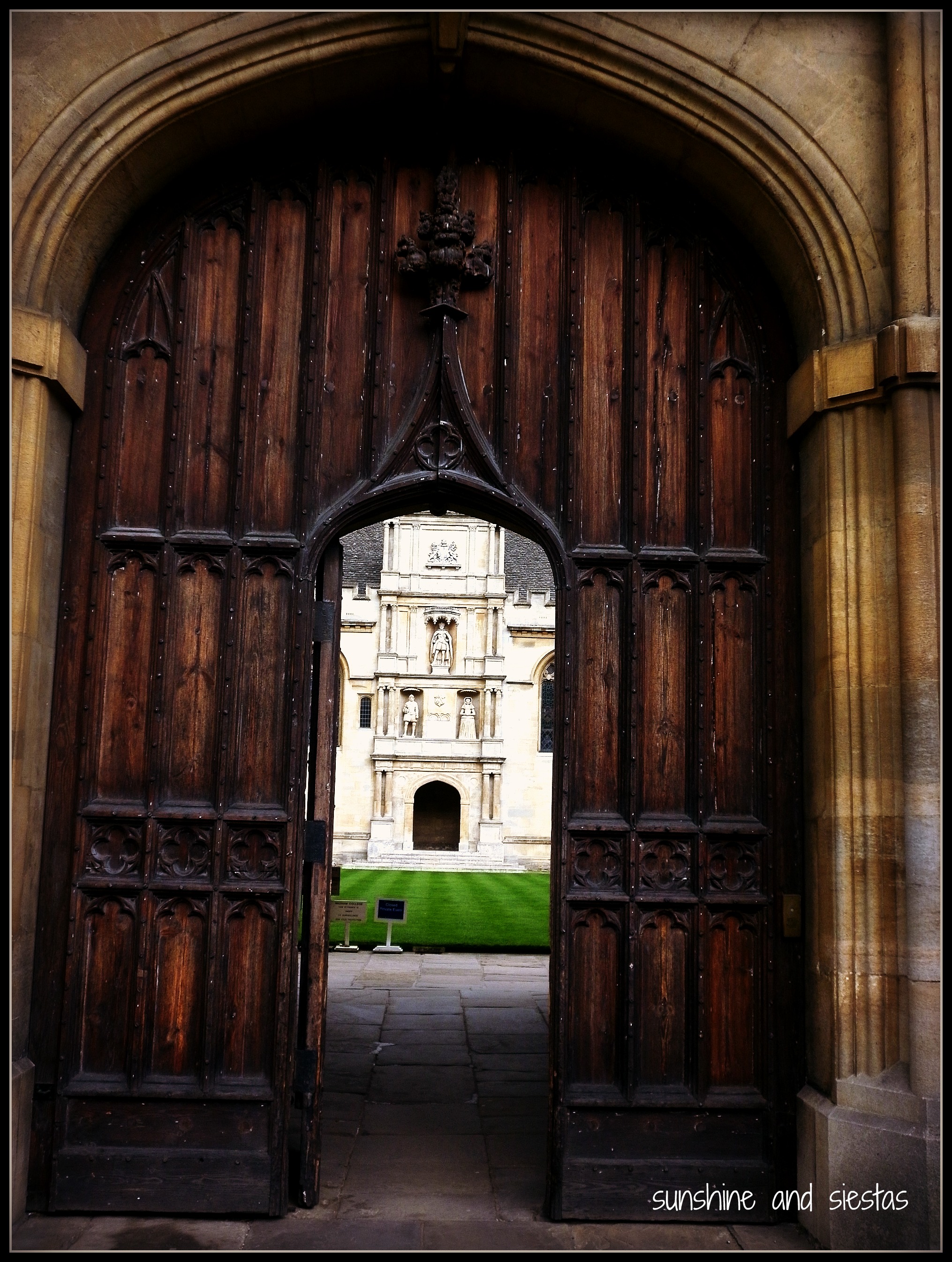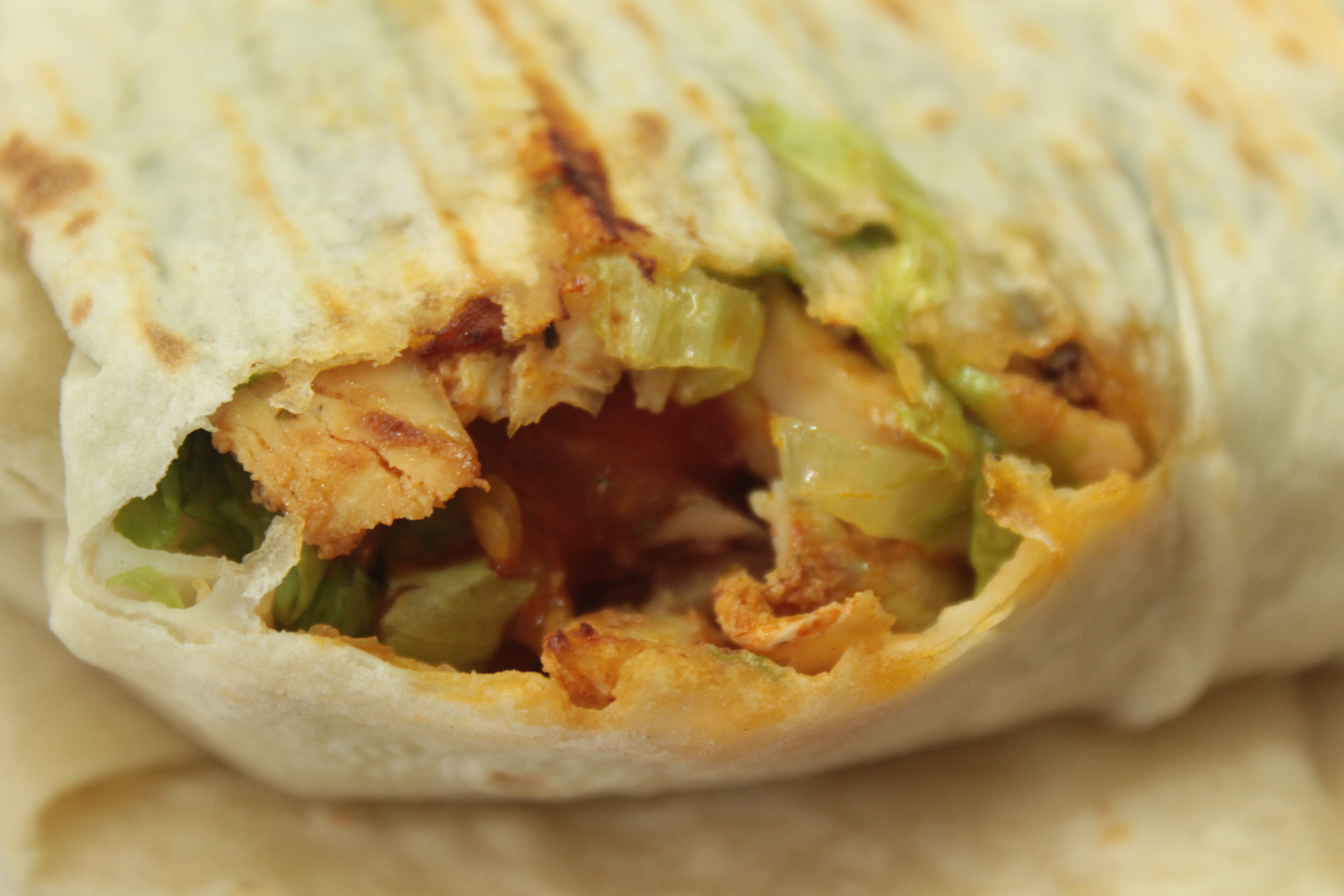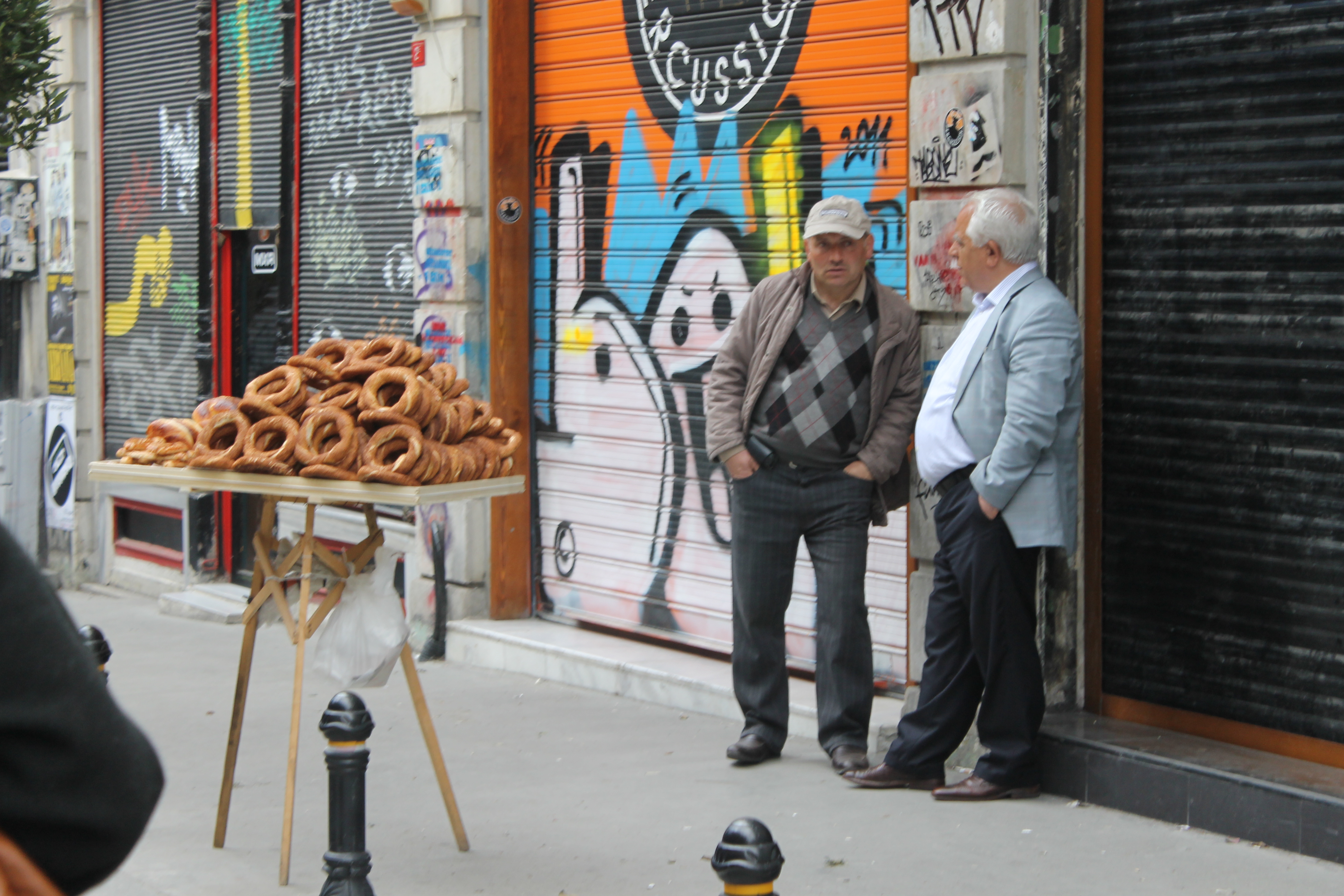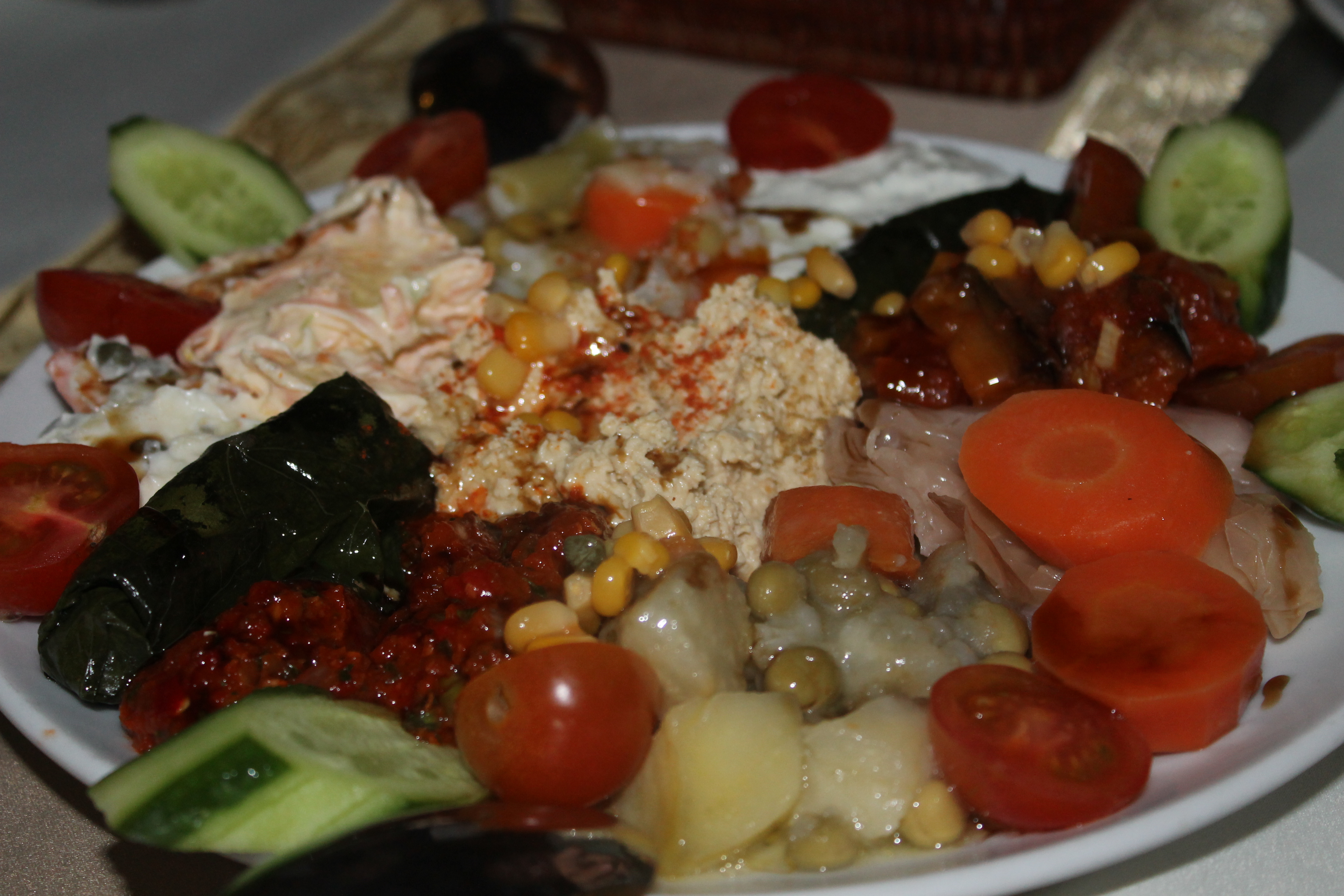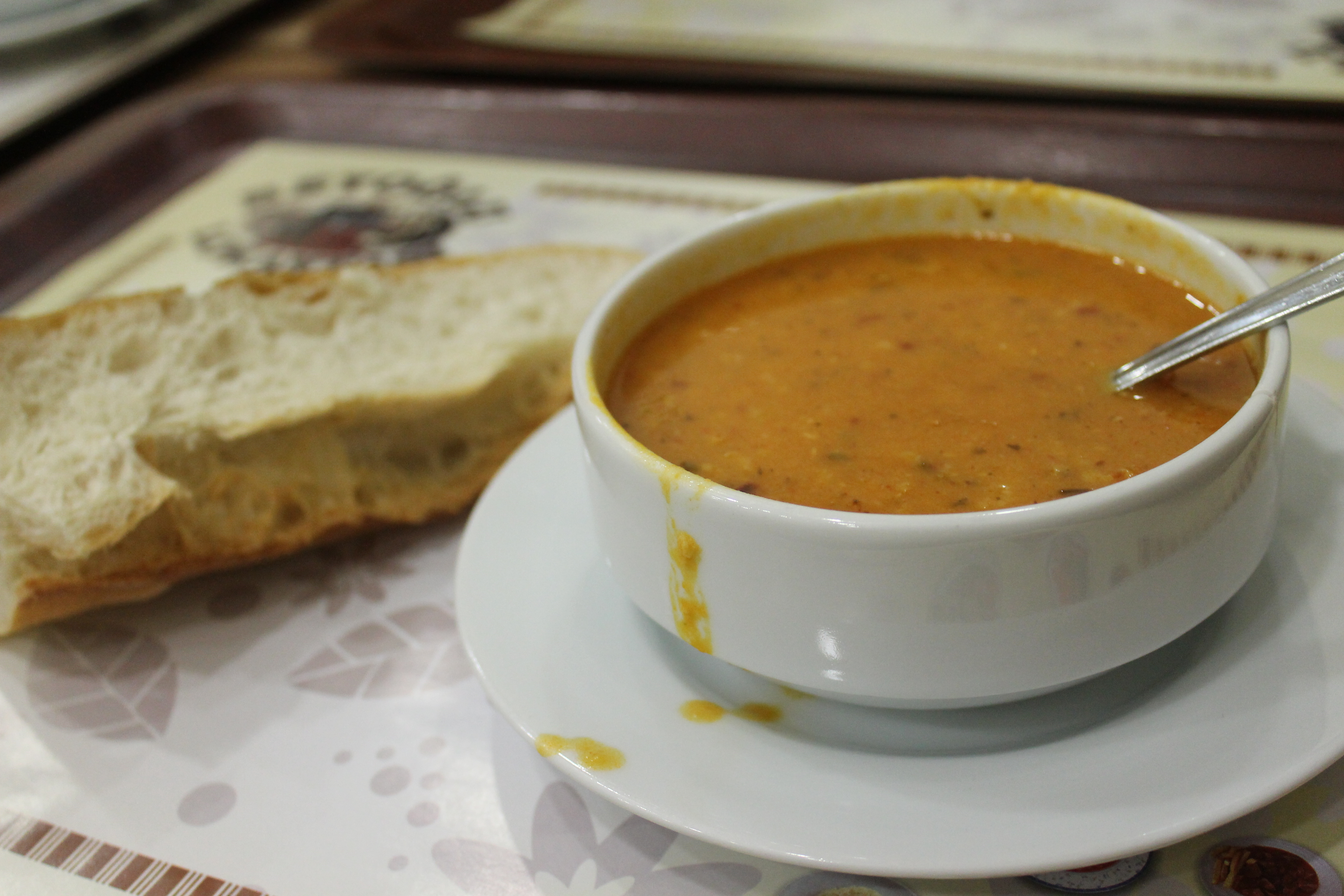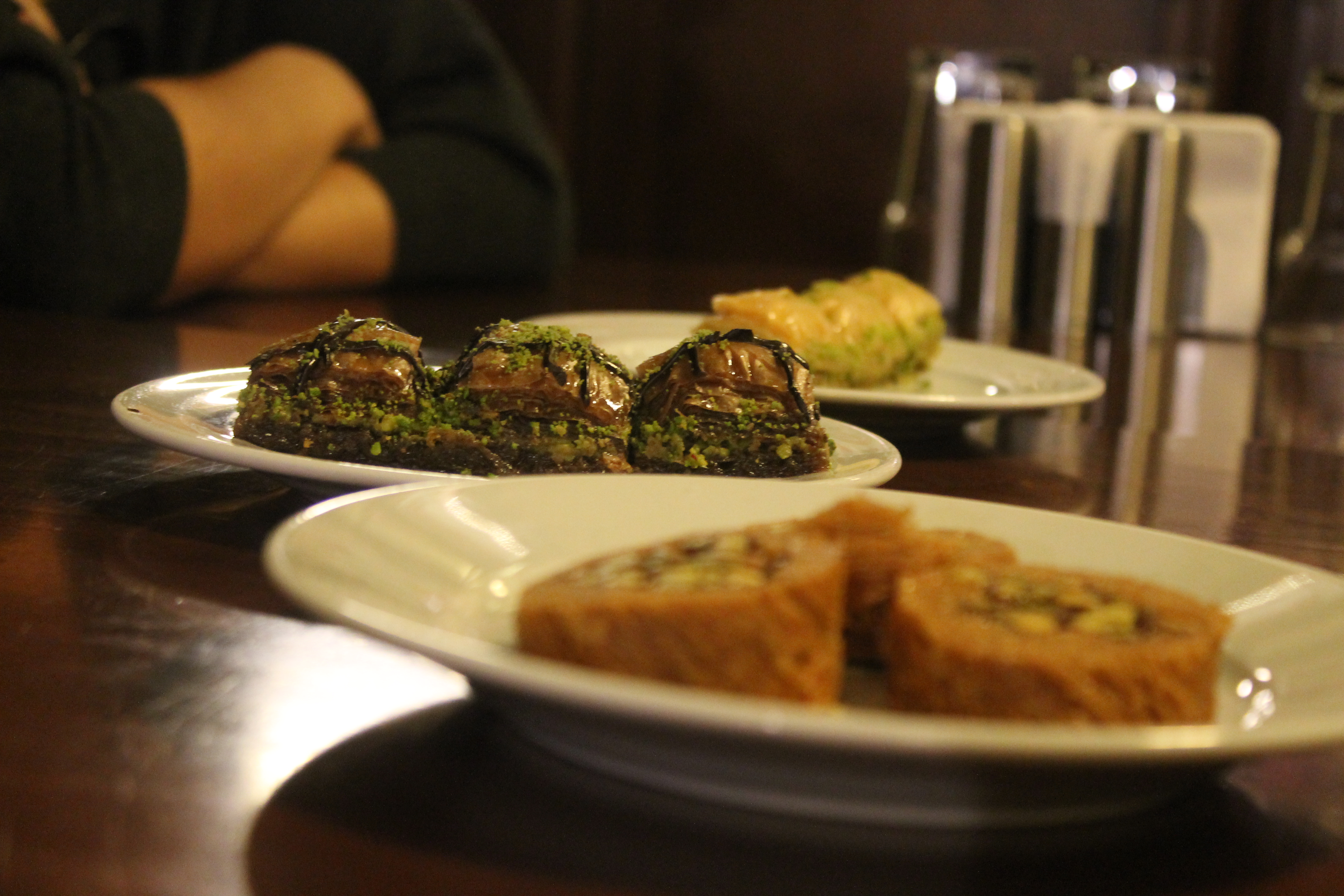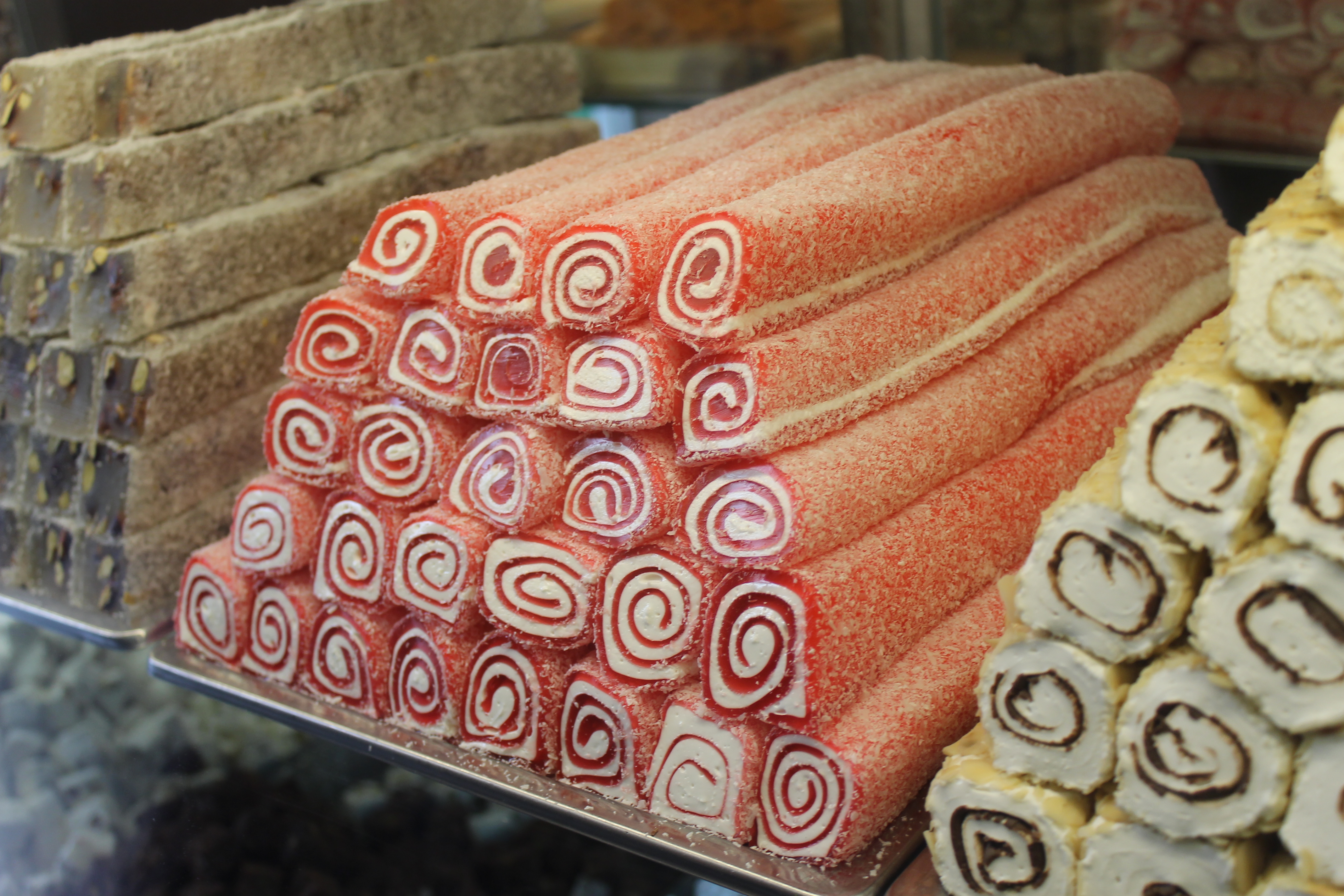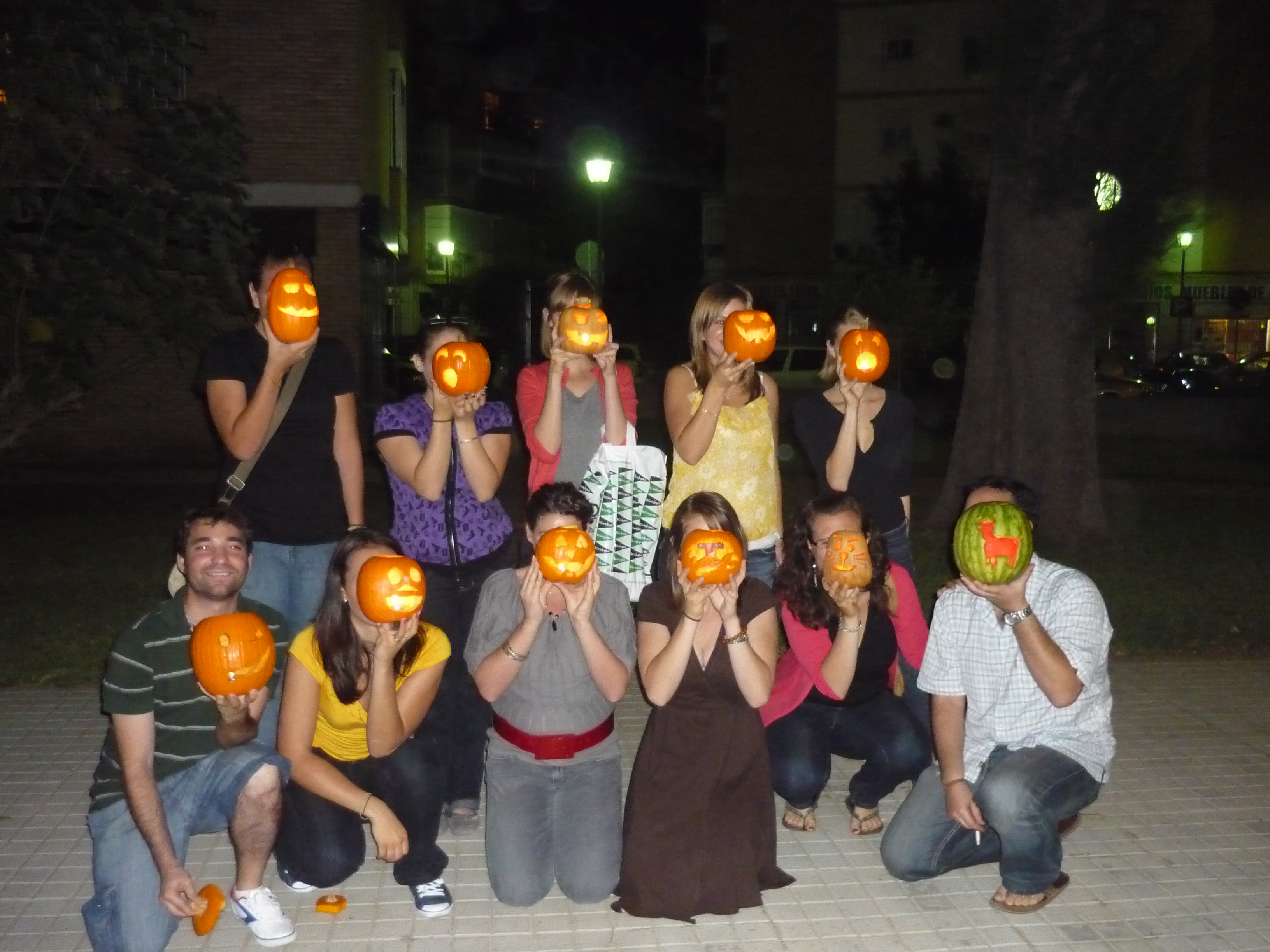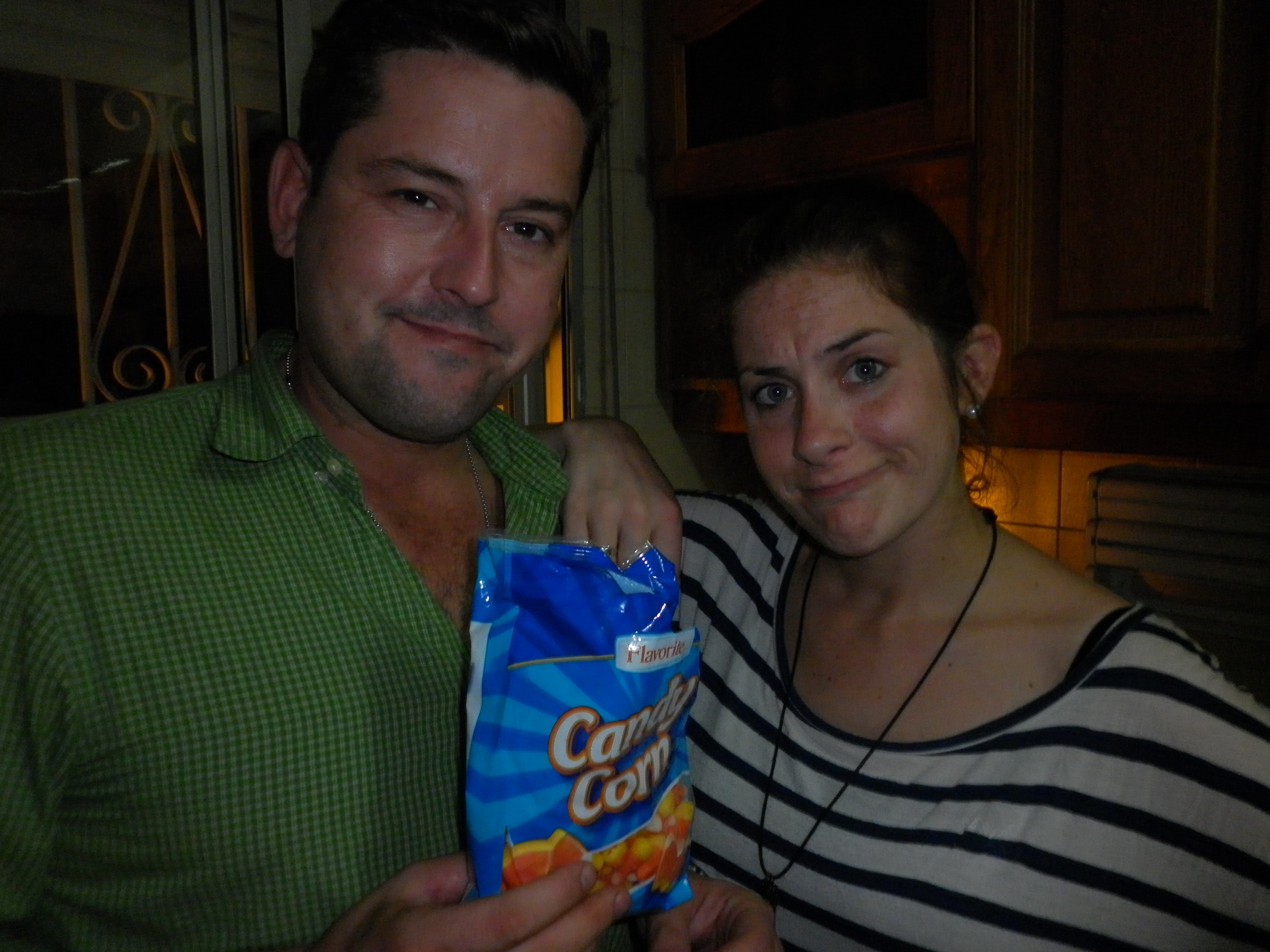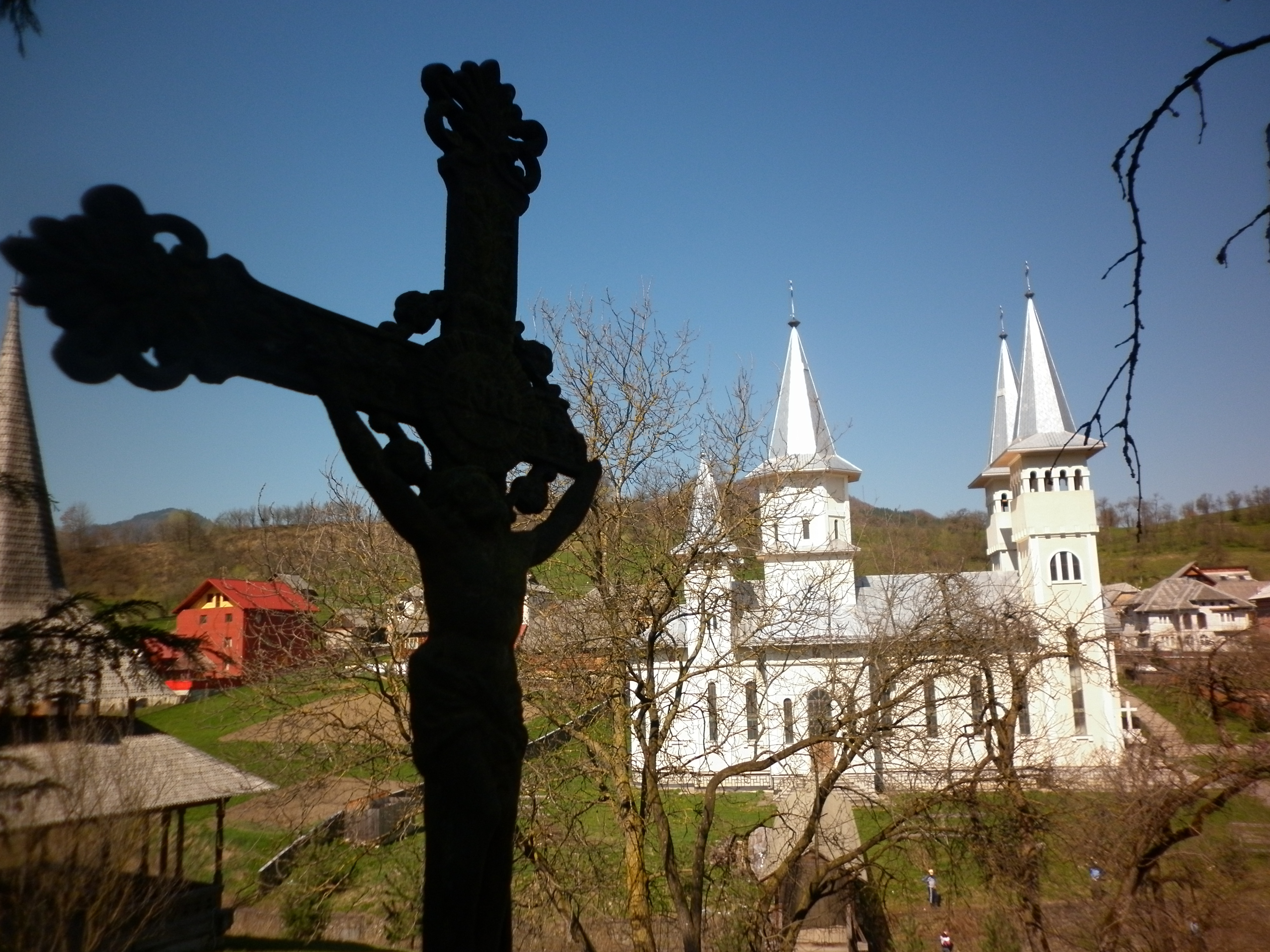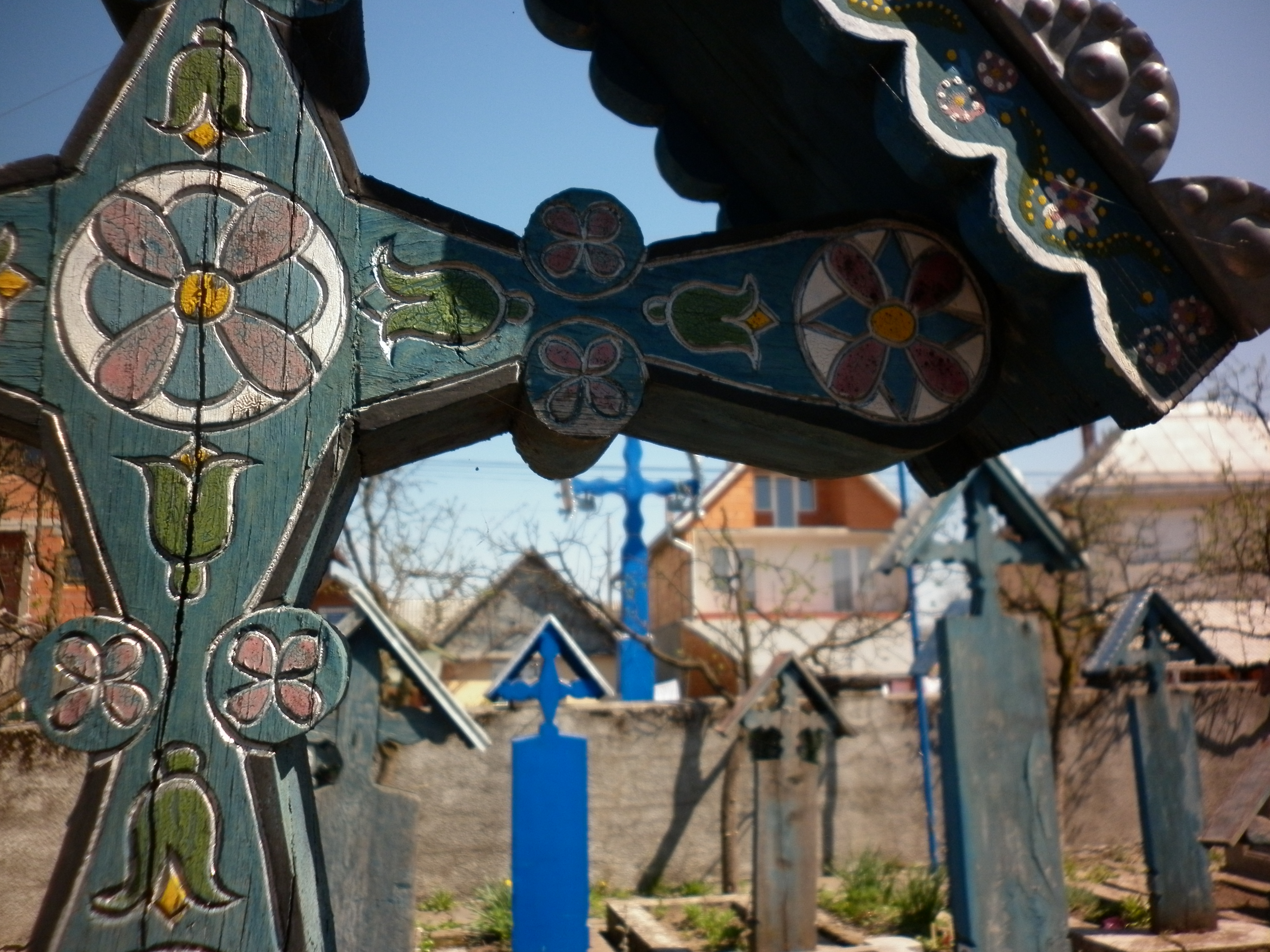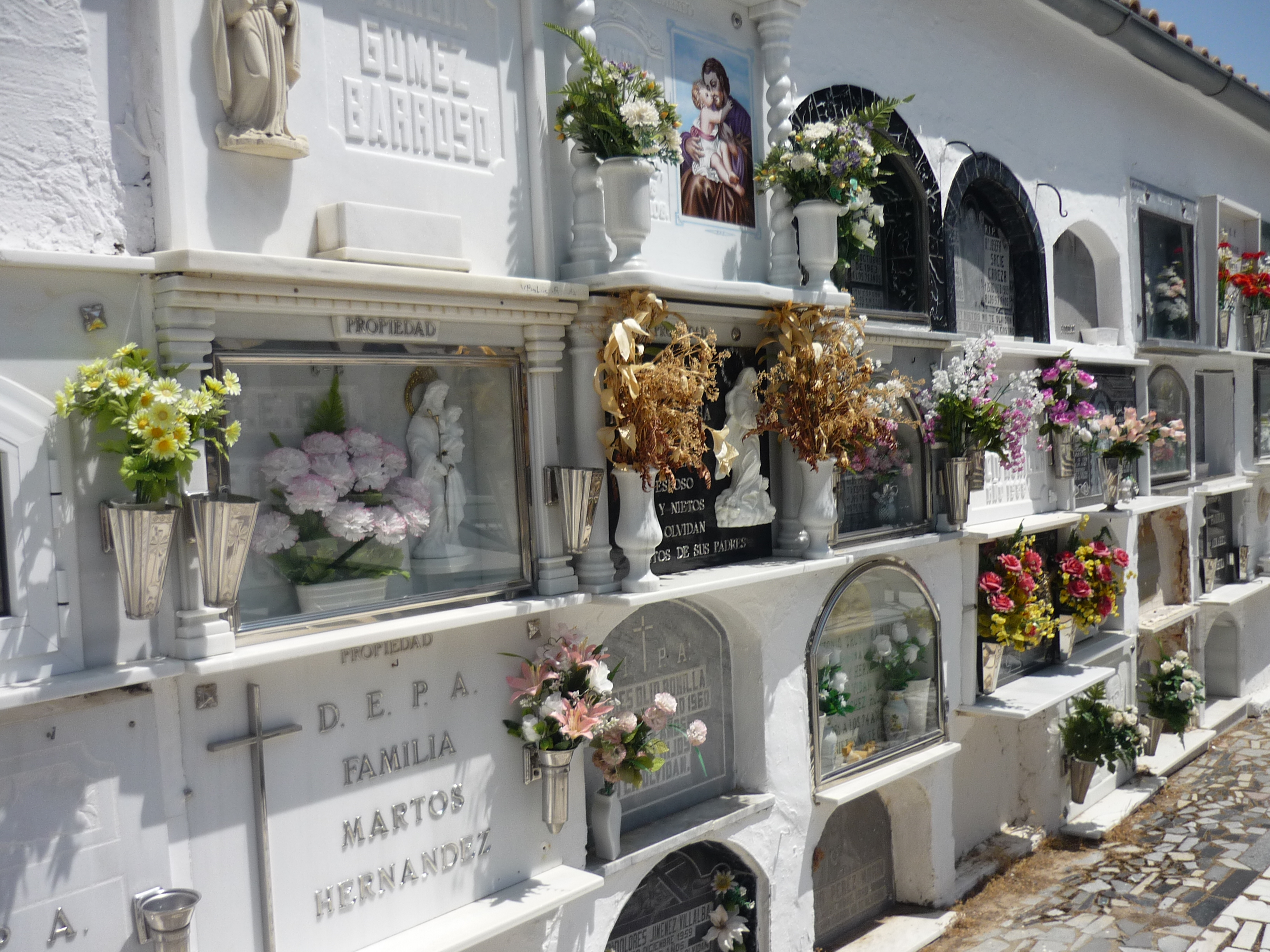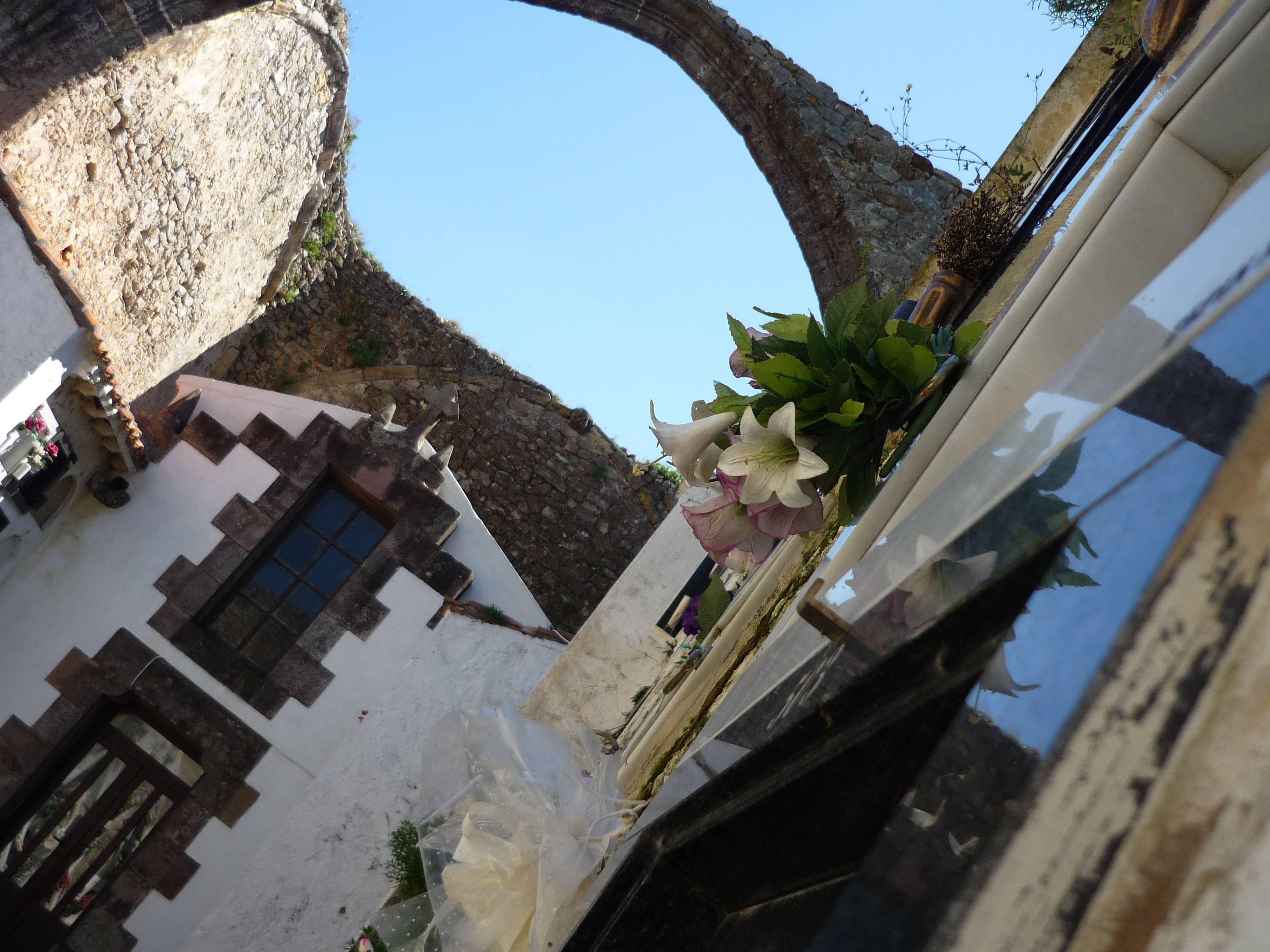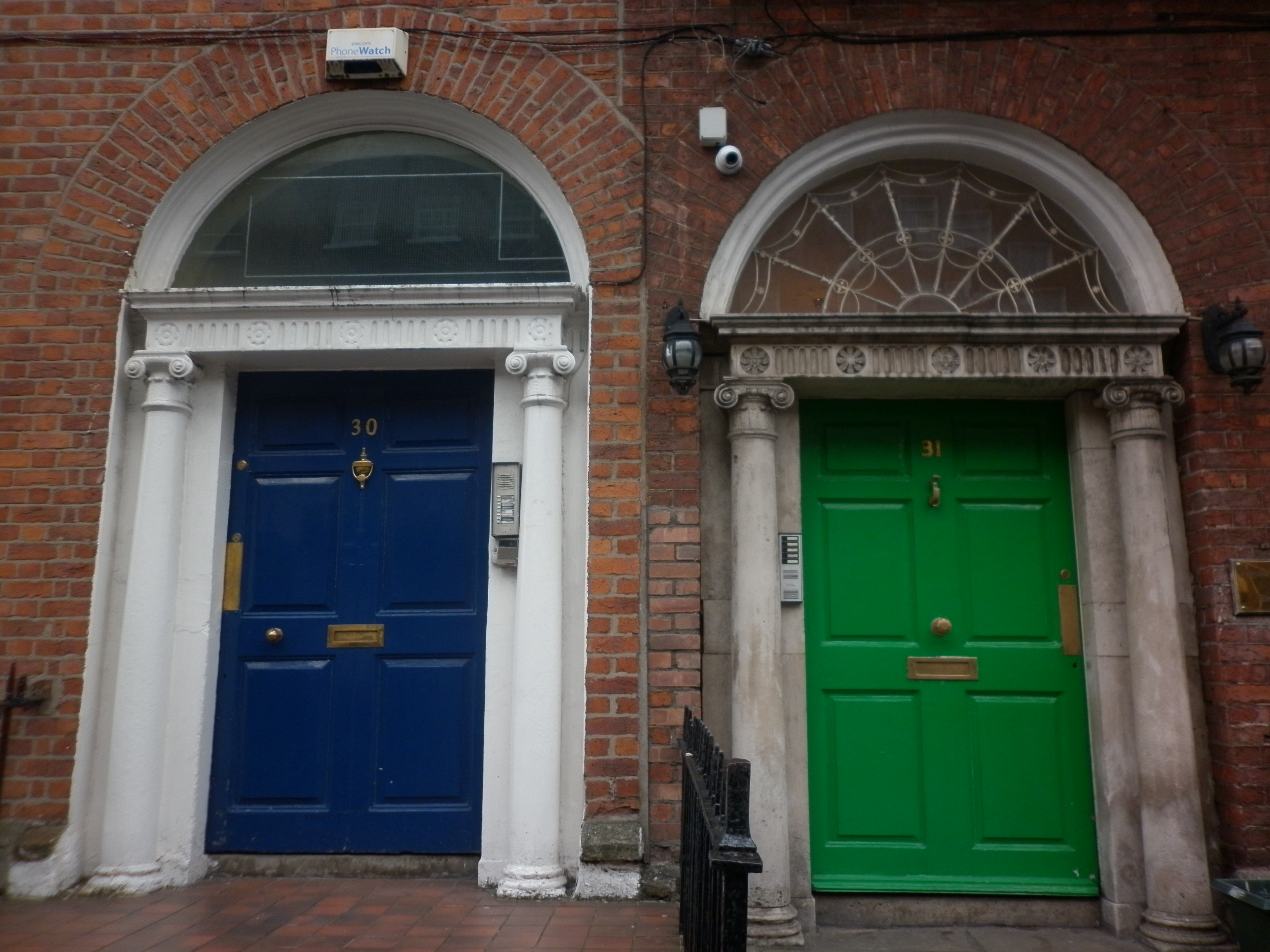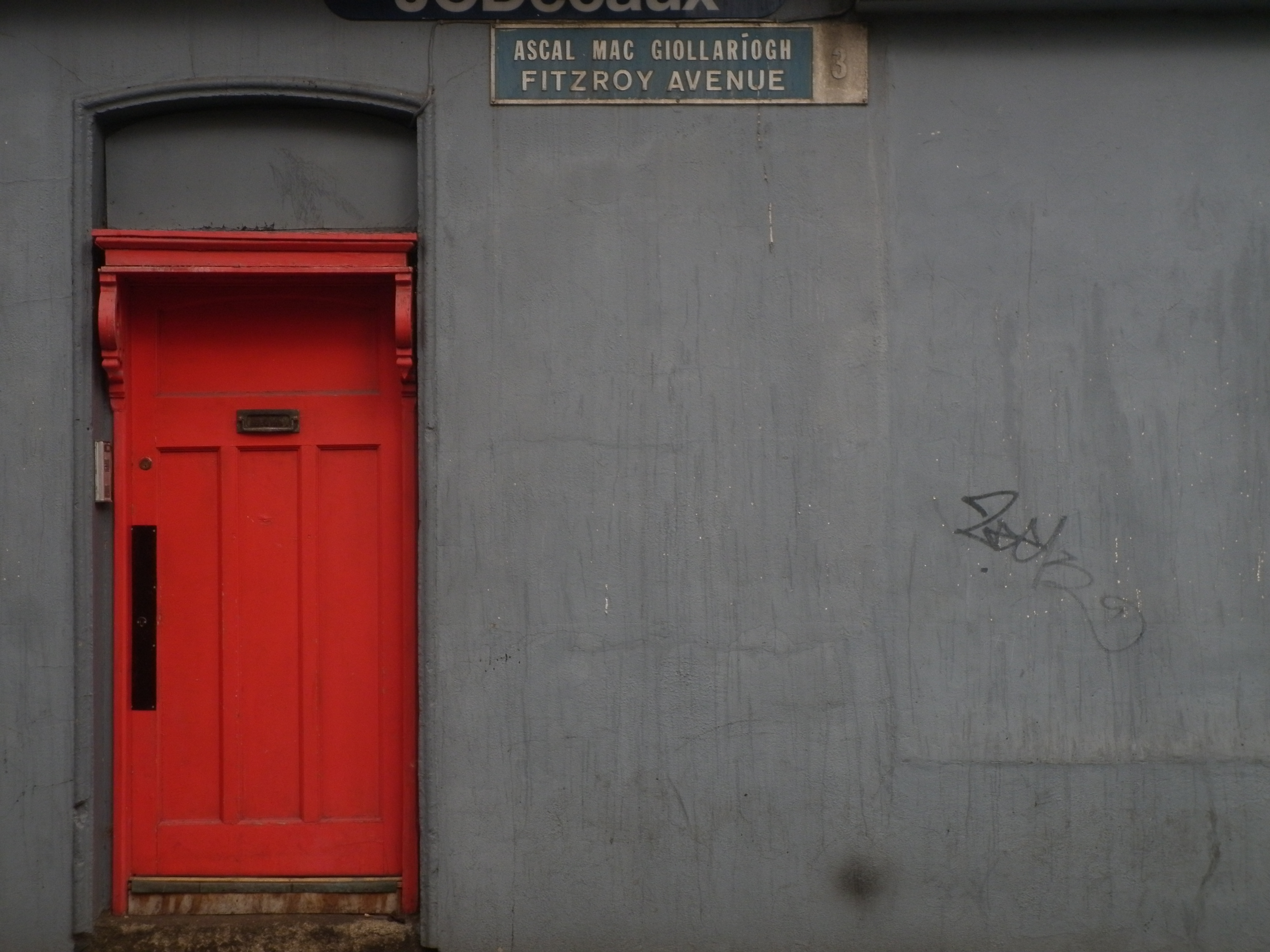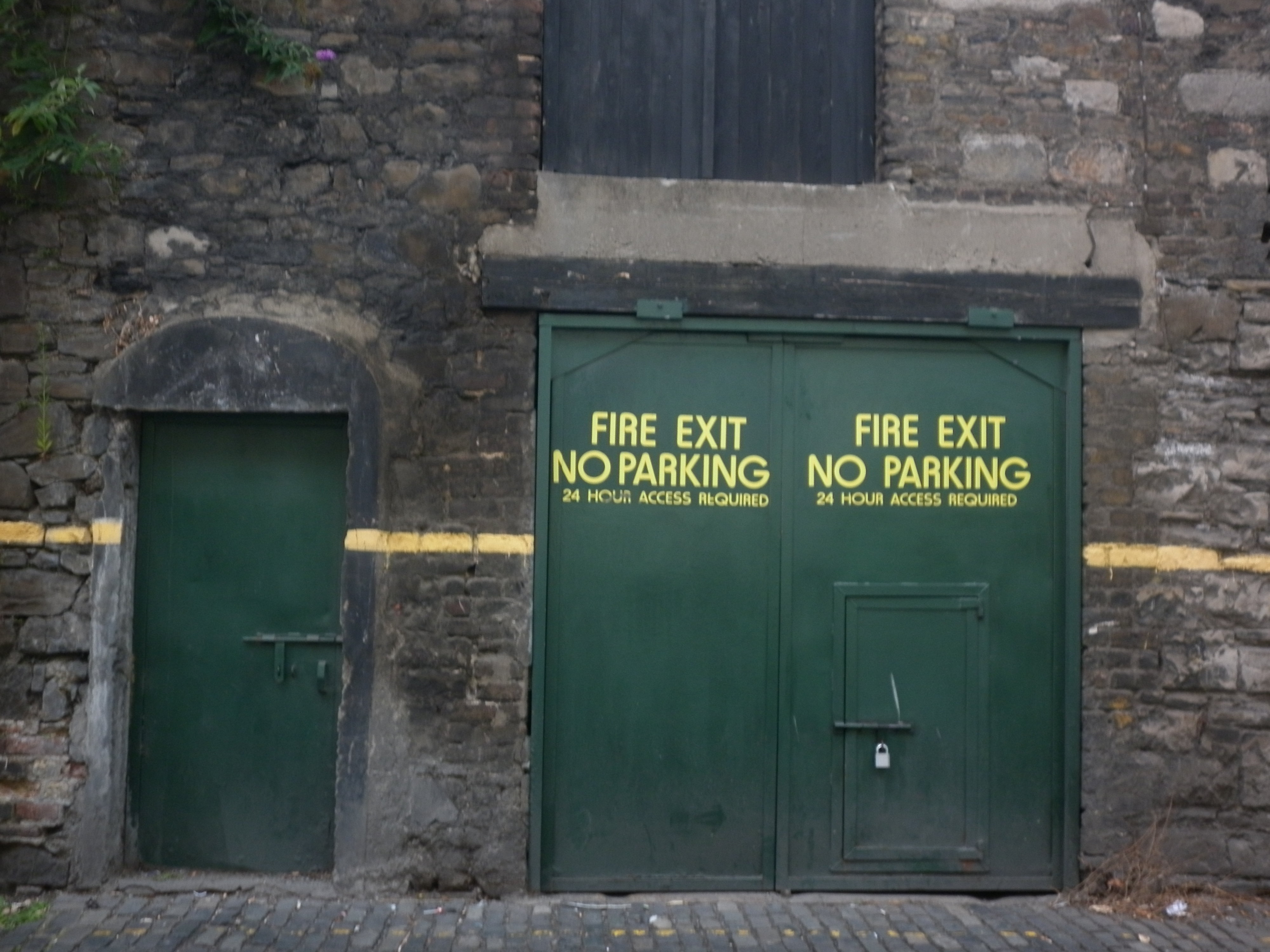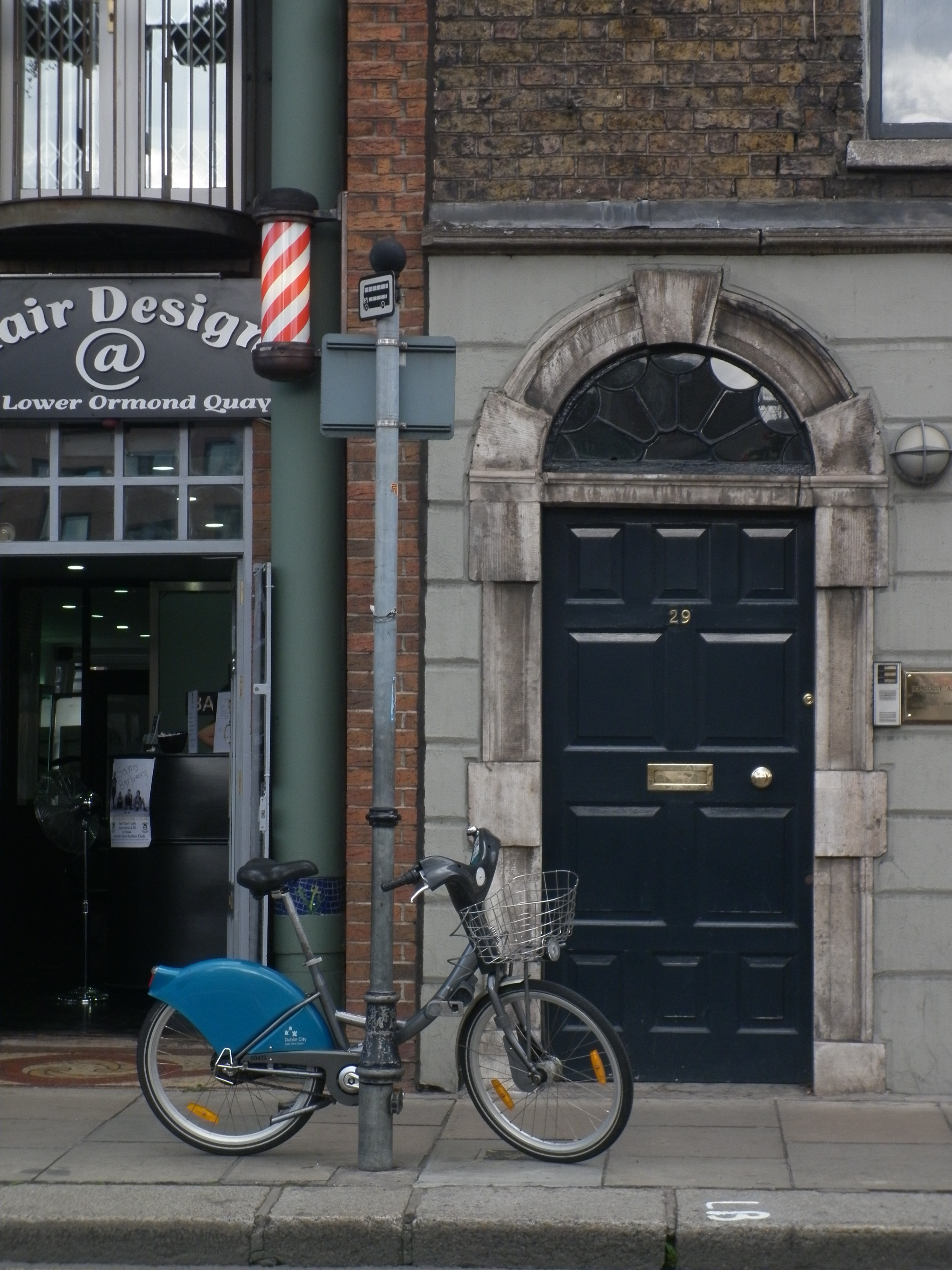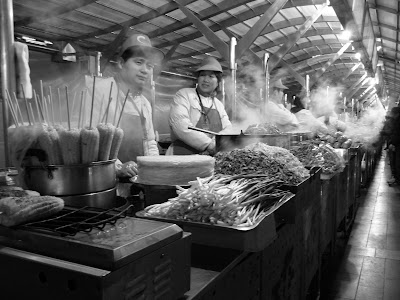I dislike England. Phew, feels good to admit it.
I’ve now been to the British Isles four times – three to England, and once to Scotland (which, for the record, I loved). But England I just do not like. Too impersonal, too similar to my home country, too expensive and sub-par food. Add that to airport hassles each time, and it takes an awful lot of convincing to get me to England.
Audrey convinced me. A Facebook invite to an event called Tough Mudder, coupled with a cheap Ryan Air flight meant I’d be spending a weekend is cheery old London, and a little race on Sunday.
I grumpily boarded the plane on Friday evening, knowing full well I’d be missing the Feria de Jérez and the Romería of San Nicolás, my adopted pueblo. I wanted to spend the weekend in Spain. Two hours, turbulence and a long customs line meant I’d missed my bus into the city center, and in the end I arrived at my hostel near the British Museum around 3am. I hate England.
Upon seeing my friends the following morning, we were faced with a decision: where to go to get the hell out of London. Audrey got in on the wrong side of the car as we narrowed it down to two destinations: either Oxford or Cambridge. Any guesses as to how the four of us earn money??
Sunglasses on (yes, we got a sunny weekend!), map route to Oxford highlighted and Audrey finally on the right side of the road, we drove the 60 miles northwest to England’s poshest university town, admiring the vast yellow fields of rapeseed and low-hanging clouds.
Oxford was full of two things: bicycles and people wearing commencement robes. We happened to be there on the weekend that young hopefuls were packing up their rooms and heading into the Real World, while three of the four of us are on our fifth years in Spain. I’ll drink (a delicious local beer) to that.
While having pints at White Horse, a small underground pub near the heart of the village, we squeezed into a table with six older men and women. They’d come down for the weekend from the Northern end of the country, taking advantage of the postcard-perfect weather. The happily handed over a map and encouraged us to see any one of the university’s 80+ colleges.
After living in America and Spain all my life, I assumed the colleges were the different university buildings for the different areas of study. Instead, the colleges at British universities are residence halls with vast, grassy lawns and towering turrets. It was like jumping right into Hogwarts as we peered into the doors and saw graduates in their long, black robes playing cricket on the lawns.
Nearly all of the colleges were closed that day due to the commencement activities, so we troved the bustling center, full of shops and quaint pubs. I was immediately transported back to my trip to Ireland with my parens in 2010 and the number of roadside joints we popped into for a quick pint or some grubby pub food. A trip to the Sainsbury’s meant we were well stocked with gourmet crackers, humus and some veggies, and we did as the locals – found a soft, emerald lawn to stretch our legs and fill our bellies.
Around us, graduates snapped up pictures in front of their well-loved grounds and I likened Oxford to Galway – walkable, a bit quirky (if posh can be that at all) and inviting. The warm weather did well to lift our spirits as we talked about our own graduations: Lauren is heading to China to teach, Audrey back to Texas to start field work for a business she’s creating, and Annie to school in Colorado. That leaves me, not yet ready to walk down the commencement road and leave Spain behind for a different future.
Our time meter was not quite up on the rental car, so we ducked into a pub as the evening weather was turning cool. Tomorrow we’d be up at the crack of dawn to run the Tough Mudder, but who could really think of tomorrow when we’re all just living for today?
Have you ever been to Oxford? What were your impressions? Is there a city in a country you’re not fond of that you’ve come to enjoy?



